TABLE OF CONTENTS
Can you upgrade your laptop’s graphics card? If so, what are your options, and how exactly does it work?
I’ll be tackling these and other closely-related questions in this article, so stick around for those answers and a better understanding of laptop graphics hardware.
A Primer on Laptop Graphics
First, let’s talk about laptop graphics in general. If you’re getting a graphics card in a laptop, it’s coming in one of two forms: an iGPU on your CPU-die, or a discrete GPU separate from your CPU on the motherboard.
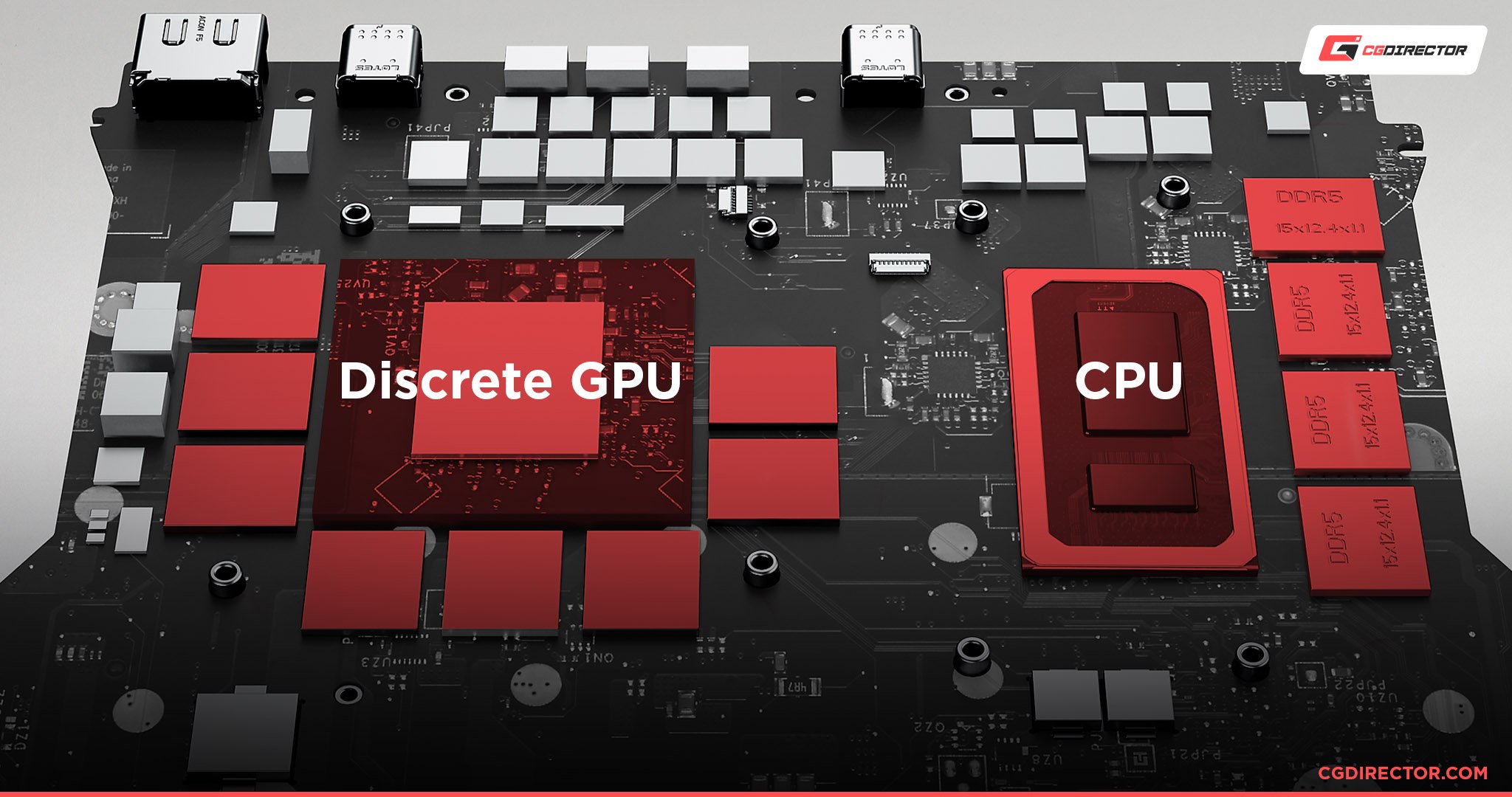
Source: Dell
iGPUs directly share RAM and other resources with your CPU, whereas discrete GPUs have their own VRAM cache and are generally freer to use power and thermal resources than their iGPU counterparts.
This dichotomy is roughly the same in desktop PCs as well, but not everything carries over exactly.
Even with a discrete laptop graphics card, you, unfortunately, will not be able to replace it, as the GPU will be soldered to your motherboard before it ever leaves the factory and ends up in your hands.
So…
Can You Upgrade Your Laptop’s Graphics Card?
You can’t replace your laptop’s graphics card. Even if it isn’t an iGPU integrated into your laptop’s CPU, modern laptops simply aren’t built with this kind of capability in mind.
RAM and storage upgrades are common in the laptop space, but that’s about as far as you’re going to get if you’re pursuing upgrades.
So, does that mean you’re out of luck as a laptop user who wants more graphics horsepower?
Not necessarily, especially if your laptop supports Thunderbolt 3 or Thunderbolt 4 connectors for an external GPU dock.
When You Can Upgrade Your Laptop Graphics With a Dock
With a laptop GPU dock, you can use a full desktop GPU with your laptop through a compatible Thunderbolt cable and docking station.
However, you’ll need to make sure that your laptop supports Thunderbolt 3 or better before trying this since these docks will not function without the faster bandwidth offered by the Thunderbolt standard.
Thunderbolt 3 and Thunderbolt 4 ports often come in a USB-C form factor, by the way— just double-check for a Thunderbolt logo or check your laptop’s product documentation to verify that Thunderbolt is supported on your laptop.
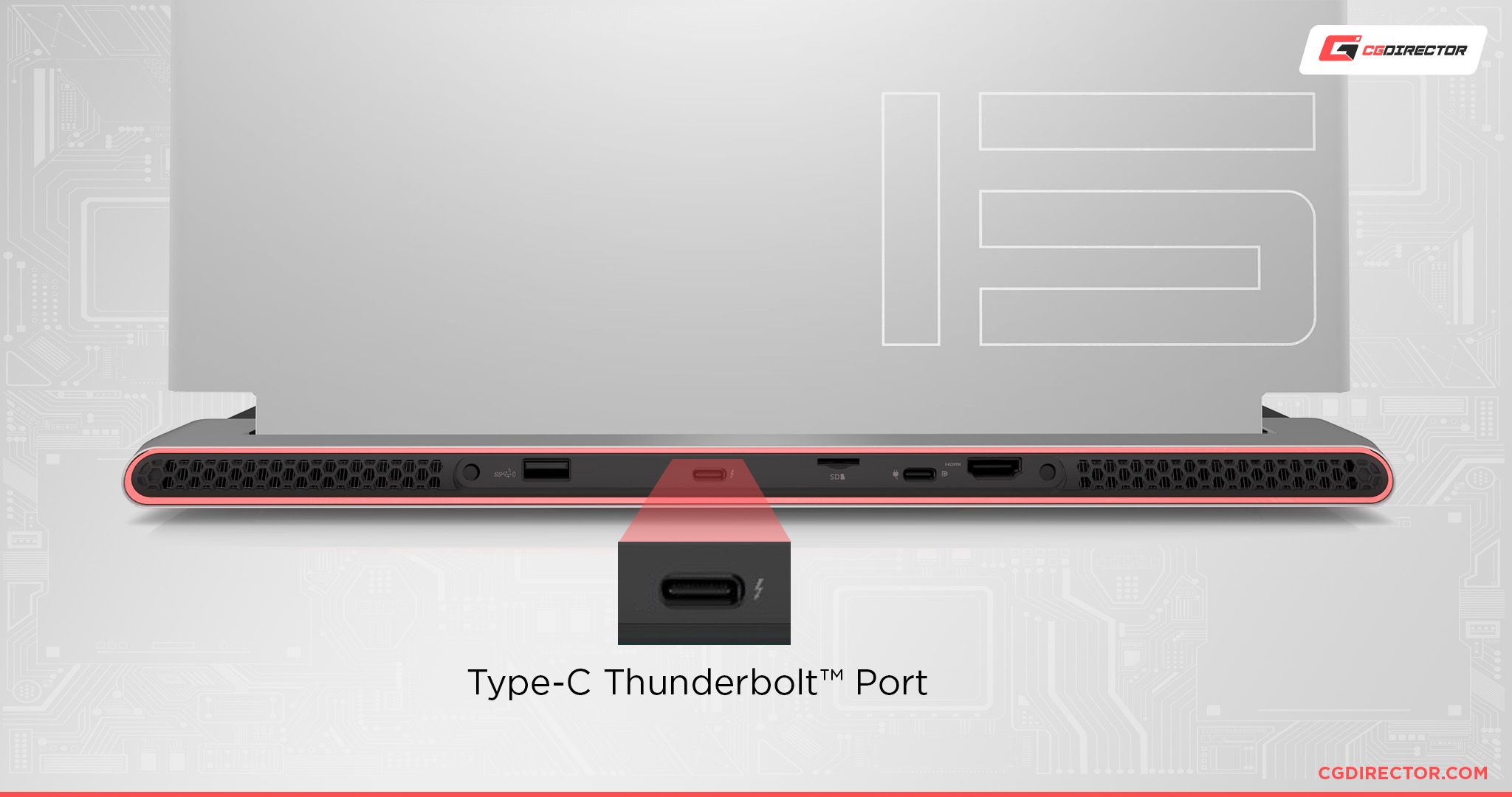
If your laptop is compatible with a GPU dock, congratulations: you have more options! And in a way, you are managing to upgrade your laptop’s graphics card, though without exactly replacing it.
Laptop GPU Dock Benefits
- Desktop GPU Support, enabling better performance,
- Better cooling capacity, making running intensive workloads for long periods more viable than they would otherwise be on a confined laptop.
- Depending on the dock, extra features like more USB hubs, Ethernet ports, and external drive support may be present.
Laptop GPU Dock Downsides
- Very pricey, often moreso than the actual graphics card that you’re buying. Some eGPU enclosures may include GPUs, but those also tend to be even more expensive.
- Bandwidth limitations will restrict your GPU performance. While the exact performance deficit is difficult to quantify, Thunderbolt 3 and Thunderbolt 4 are both considerably slower than your average PCI Express x16 slot that a desktop GPU is meant for.
However, they’re still considerably faster than USB, which isn’t compatible with eGPUs in general.
Take a look at Jarrod’sTech on Youtube discussing and benchmarking the eGPU bottleneck:
Gaming is still improved by a dock but takes a major blow compared to desktop, whereas productivity workloads are only marginally impacted by the eGPU bottleneck.
FAQ
What are the best graphics cards to use with a laptop GPU dock?
Well really, whatever GPU you can afford that has the features you’re looking for.
Obviously, you’ll want a GPU that’s significantly better than the one already in your laptop, but aside from that, the choice is mostly in your hands.
I would recommend an Nvidia graphics card for professional workloads and an AMD graphics card for gaming workloads, though.
Do you have any laptop GPU dock recommendations?
I actually don’t, but Alex does!
In general, I feel like the Cooler Master MasterCase EG200 is the best eGPU enclosure for most users.
While it’s still a pretty penny, it’s cheaper than other GPU docks while still offering all the core features you’re looking for.
I look forward to GPU docks made with Thunderbolt 4 and Thunderbolt 5 in the future as well since improvements to bandwidth will help reduce the downsides of a laptop GPU dock.
Are there other ways to improve my laptop’s processing power?
Yes and no.
Now, if you can’t improve the actual hardware of your laptop, there isn’t much you can do except maybe restoring to powerful cloud computing or streaming from your own workstation PC.
But there are solutions to improving your laptop’s performance without changing a thing!
The first thing I would consider is getting a laptop cooling pad. Using a laptop cooling pad, you can help your laptop keep more stable temperatures under load, which will prevent thermal throttling from settling in as quickly and (effectively) give you a faster PC.
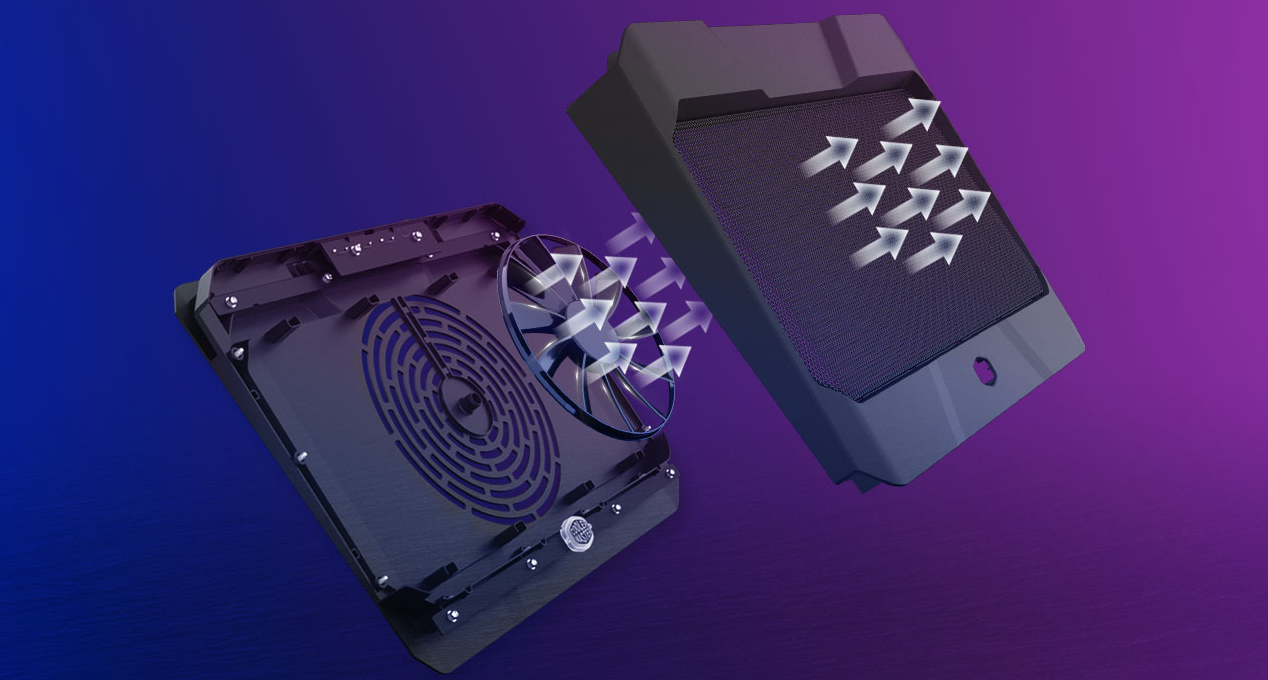
Even better than a cooling pad would be undervolting, though.
Undervolting is the process by which you carefully adjust the voltage of your GPU downward while still maintaining the same clocks.
It takes reliability testing, but it works on nearly everything and serves to greatly improve thermals and consistency of performance.
Undervolting will often perform better than stock voltage, simply because it enables the GPU to more consistently run at target frequencies without overheating or over-stressing itself.
Over to You
And that’s it, at least for now! I hope this article answered your question and helped you find the best options for improving your laptop’s graphics processing.
Feel free to leave a comment below or in the Forums if you have any other questions about laptop graphics or PC hardware in general; me or one of my fellow CGDirector team members will be happy to help.
Until then or until next time, happy rendering! And don’t forget to consider undervolting that laptop GPU, seriously. Laptops don’t have great thermal designs, but you can still find ways to make the most of them.
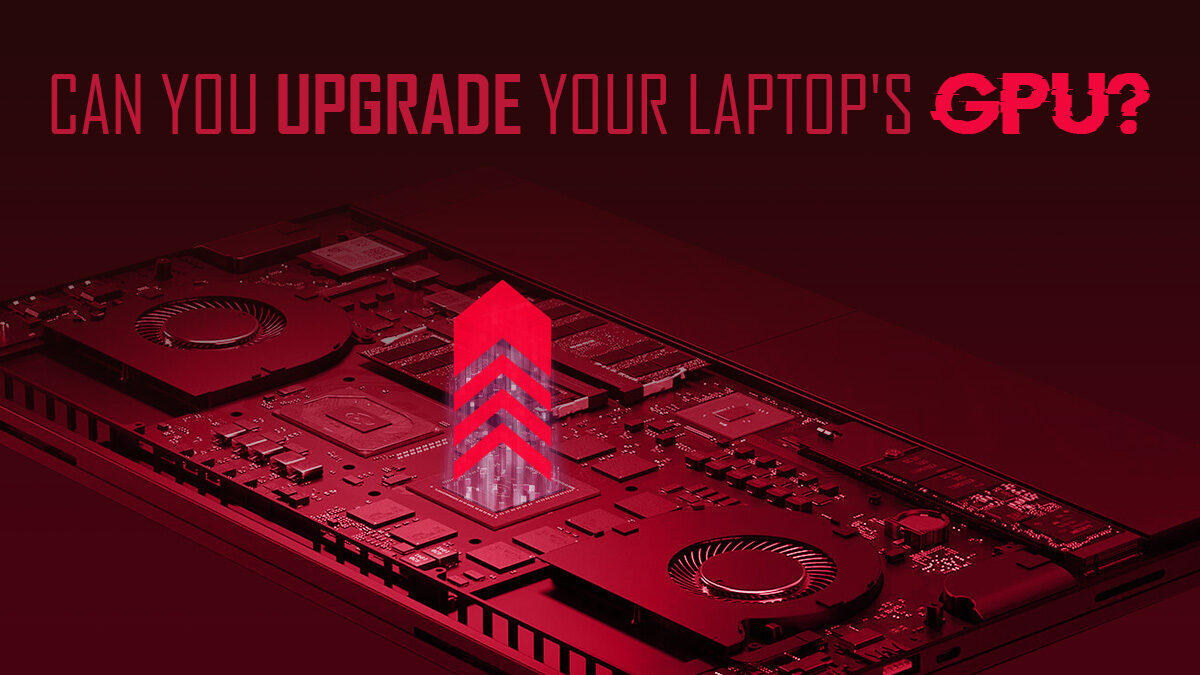
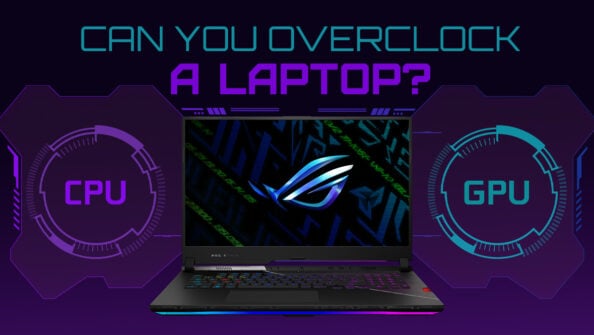
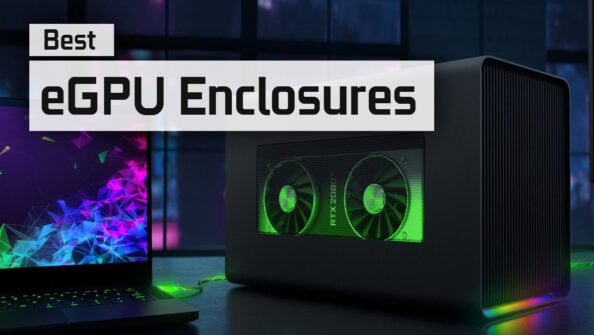
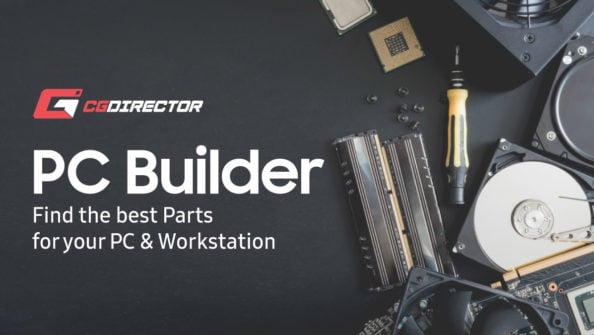
![Guide to Undervolting your GPU [Step by Step] Guide to Undervolting your GPU [Step by Step]](https://www.cgdirector.com/wp-content/uploads/media/2024/04/Guide-to-Undervolting-your-GPU-Twitter-594x335.jpg)

0 Comments